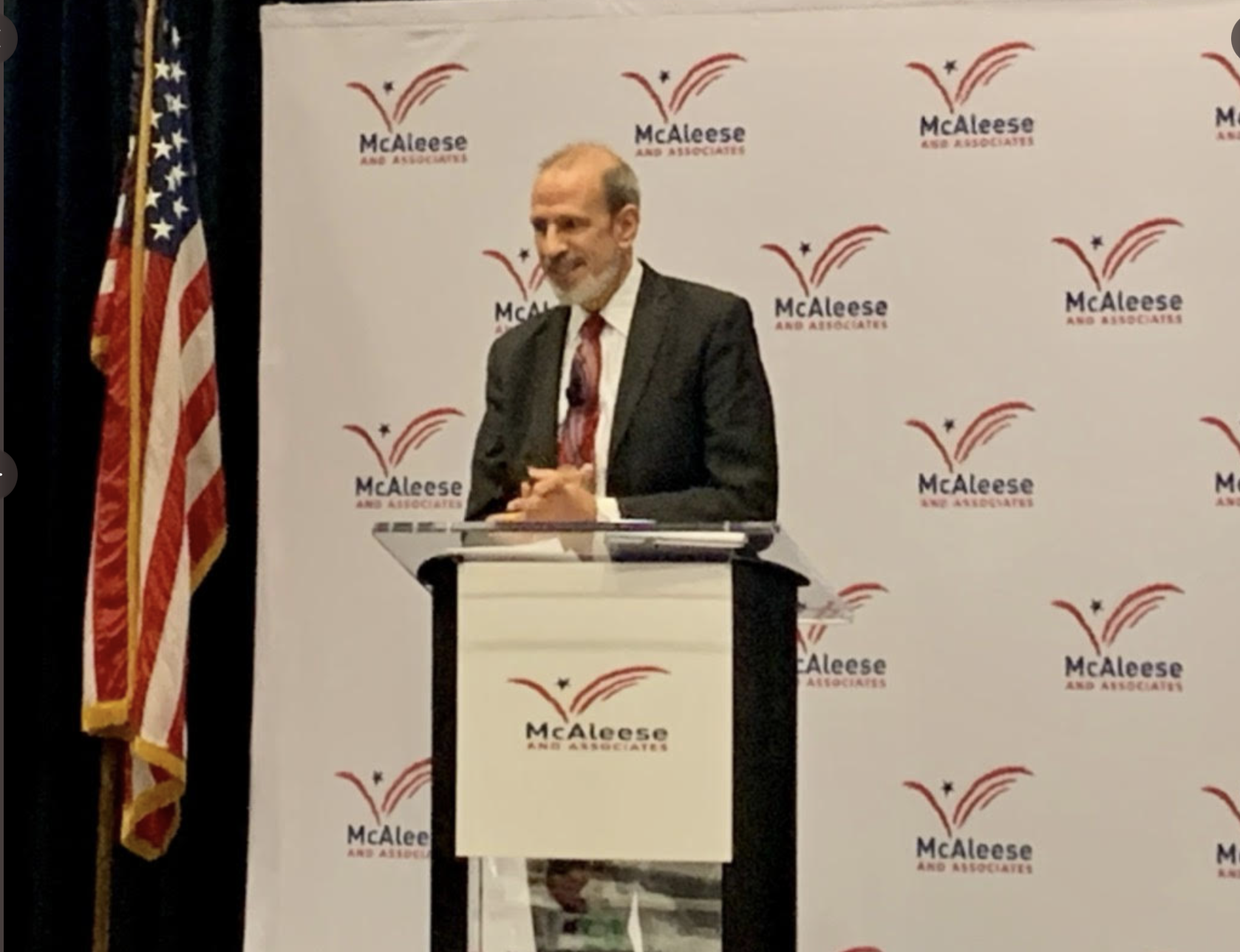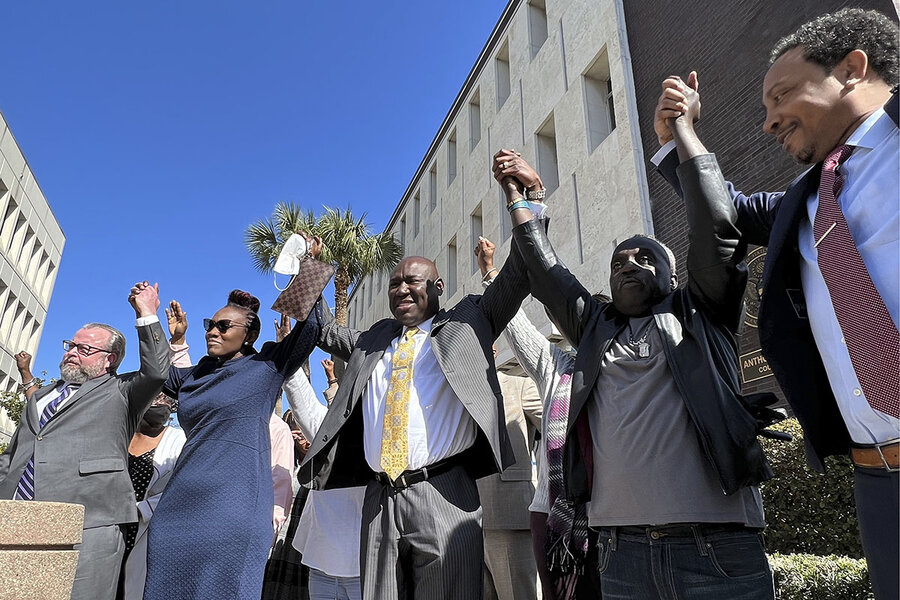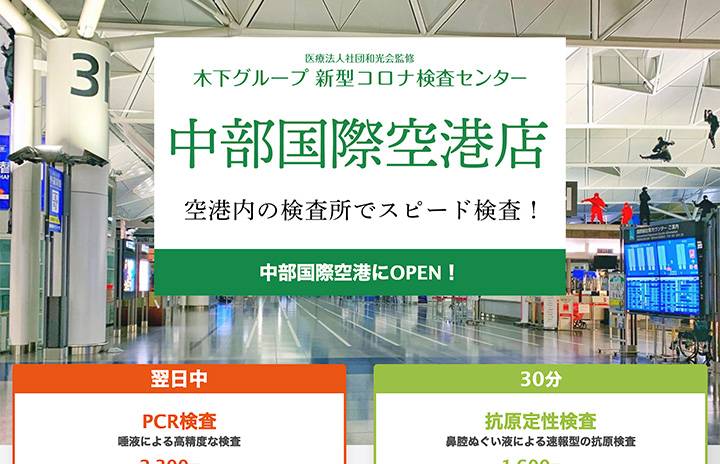When a spate of rare December tornados hit the Midwest and Southeast, the Kentucky town of Mayfield was ground zero. The tornado that leveled much of the historic downtown of this small, rural locale only needed a few minutes to do so.
By contrast, volunteer efforts to support the community and its residents have stretched two months or more. But rebuilding still remains a task for the future – which sets up a challenge and an opportunity for Mayfield.
Why We Wrote This
Two months on from a devastating tornado, community relief groups are still going strong in Mayfield, Kentucky. The longer-term question is how an event like this may reorient the town’s identity.
For decades, Main Streets in small towns across the U.S. have been grappling with the effects of deindustrialization and retail competition from big-box stores or Amazon. But places can adapt – or, in Mayfield’s case, rebuild – with resilient economic strategies, says Hanna Love, a research associate at the Brookings Institution.
Success, she says, often comes from thinking less about attracting outside business “and more toward, ‘How do we rebuild in a way that is really about investing in and uplifting what is unique about our place?’”
Jill Celaya, who owns a photography business in Mayfield, says: “Don’t expect it to be what it was, because it’s not ever going to be what it was. But that doesn’t mean it can’t be great.”
Mayfield, Ky.
The drive along Route 121 looks like anywhere else in rural Kentucky this time of year. Under a flat gray sky, the highway cuts through rolling farmland, lying empty except for yellowing grass and crop stubble left over from the fall’s harvest.
Pulling into Mayfield, visitors are greeted with the quotidian trappings seen near any off-ramp: Chain restaurants, a Walmart, a Mexican spot, a chiropractor. Nothing seems amiss, until roofs suddenly start to turn blue: Shingles have been replaced by tarps. Heading toward downtown, more and more buildings appear to have chunks bitten out of them: a bite of the American Legion, a nibble out of the FNB Bank – and a mouthful of the First United Methodist Church.
In the space of a quarter mile, residential sprawl gives way to a flattened wasteland – entire city blocks without a standing structure, traffic lights replaced by ad-hoc stop signs.
Why We Wrote This
Two months on from a devastating tornado, community relief groups are still going strong in Mayfield, Kentucky. The longer-term question is how an event like this may reorient the town’s identity.
But a true wasteland, devoid of life, would not have Shelia Reynolds or her home-cooked chicken soup. In a lot taken over by local and out-of-town volunteers, she’s holding court amid “Free Food” signs, a grill, and pallets of water bottles. “If you’re not here to serve people, why are we alive?” she asks, stirring a pot under a tent.

Graves County resident Shelia Reynolds stirs a pot of chicken soup being distributed for free to residents displaced by a December tornado, in Mayfield, Kentucky, Feb. 2, 2022. Both local and out-of-town volunteers have been aiding displaced Kentuckians for two months.
When a spate of rare December tornados hit the Midwest and Southeast, Mayfield was ground zero. The tornado that leveled much of the historic downtown only needed a few minutes to do so. By contrast, volunteer efforts like those of Ms. Reynolds are stretching into month two or more. As of late January, more than 350 displaced Kentuckians were being housed in state parks. Gov. Andy Beshear has said the cleanup could take two years.
An electronic billboard flickers between ads, though many aren’t selling anything. “FREE HOT MEALS” are available at a Baptist church, one panel declares. Then, an ad for a flower shop. A few ads later, residents are advised of yet another food and water distribution point. Months after the devastation, the tornado’s intensity is being matched by local volunteers and networks. But just what, exactly, residents are rebuilding remains less clear. Between the scores of lives lost, the physical destruction, and the rebuilding effort, the tornado has shaken up Mayfield’s identity as a picturesque country town.
“There’s going to be change,” says Ms. Reynolds. She looks over mounds of rubble, at a battered church a few blocks away – an impossible view if the city’s buildings were still standing. “But my grandmother told me one time – and she lived to be 94 – life is change.”
Angel Ruelas’ home was part of a second wave of destruction now altering the remnants of Mayfield. Severely damaged by the tornado, the house was deemed unsalvageable and was taken down by the army of backhoes and demolition crews razing much of what’s left.
“I’m used to seeing buildings,” the sanitation worker says, gesturing to the empty blocks stretching before him, as he waits to pick up water bottles from St. Joseph’s Catholic Church, where groceries and clothing are available for free six days a week. “It’s – I don’t know. Time will tell, I guess.”
It’s not the first time change has come to Mayfield. A General Tire plant came along in 1960, transforming an economy dominated by agriculture and bringing in solid-paying union jobs. Then it closed in 2007. Malls and big-box stores had long chipped away at local businesses in a place that at one point was close to a real life “Mayberry,” says Jill Celaya, the owner of a local photography studio.

Jill Celaya poses in her photo studio in Mayfield, Kentucky, Feb. 2, 2022. She hopes to reprint old photos and negatives from her photography studio – first established in 1938 – for residents who lost their family photos when a December tornado leveled the town.
The town had tried doubling down on charm and nostalgia in recent years, with antique shops occupying its historic downtown buildings. Still, the lack of good-paying jobs had weighed on Lee Cole, who grew up just outside of Mayfield. “It’s hard for me to imagine if you’re … a young person, what your opportunities would really be in Graves County,” says Mr. Cole, a writer who traded Western Kentucky for New York City. The tornado’s destruction was “an acceleration, or a hastening of a process that’s already been going on for a long time.”
But between the way the community has rallied and the amount of physical change needed to rebuild the town, others wonder if there might be brighter days ahead.
“We could come out of this better than we’ve ever been,” says Ms. Celaya, who previously served on a committee to preserve historic buildings downtown. “I think we also have an opportunity that we probably never would have had. I’ve owned one of those old buildings on the Court Square; I know what it takes to keep those up. The ones that were left – I hate to say it, but I’m not sure that we ever could have brought them back to their splendor.”
For decades, Main Streets in small towns across the U.S. have been grappling with the effects of deindustrialization, big-box stores, and more recently Amazon and online shopping. But there are ways to adapt – or in Mayfield’s case, rebuild – with resilient economic strategies in mind, says Hanna Love, a research associate at the Brookings Institution who has studied urban planning and small-town economics.
“The success that we’ve seen is [from towns] really trying to move away from this idea of ‘How do we rebuild in a way that attracts outsiders, or outside businesses?’” Ms. Love says. “And more toward, ‘How do we rebuild in a way that is really about investing in and uplifting what is unique about our place?’”
Small, rural towns that have been able to successfully revitalize in recent years, she says, “have done so through sort of investing in and reinventing the commercial corridors … and really focusing on trying to foster a sense of place, and a more experience-based economy.”
That means pursuing policies that support local businesses rather than chasing large chains, and constructing public spaces like parks or plazas – all while soliciting input from residents. There’s also an opportunity to evaluate who was on the losing end of Mayfield’s old economy, Ms. Love notes. At Mayfield Consumer Products, for example – the candle factory that attracted national scrutiny after nine workers died when the complex was struck by the tornado – hourly wages started at $8.
Ms. Celaya spent the early days of the recovery organizing and distributing food and clothing donations coming into the airport, arriving on small private planes. When a band with ties to Mayfield wrote a song to drum up donations, they shot their music video in her photo studio.
But even with her focus on the future, she’s keeping her eyes on the past. The studio she owns was founded in 1938. She’s hoping to find physical negatives from its early days, and help families replace their own lost photographs – once they have walls to hang them on.
“Don’t expect it to be what it was, because it’s not ever going to be what it was,” she says, citing a principle that helped her after her husband died. “But that doesn’t mean it can’t be great.”
Note: This article have been indexed to our site. We do not claim legitimacy, ownership or copyright of any of the content above. To see the article at original source Click Here








